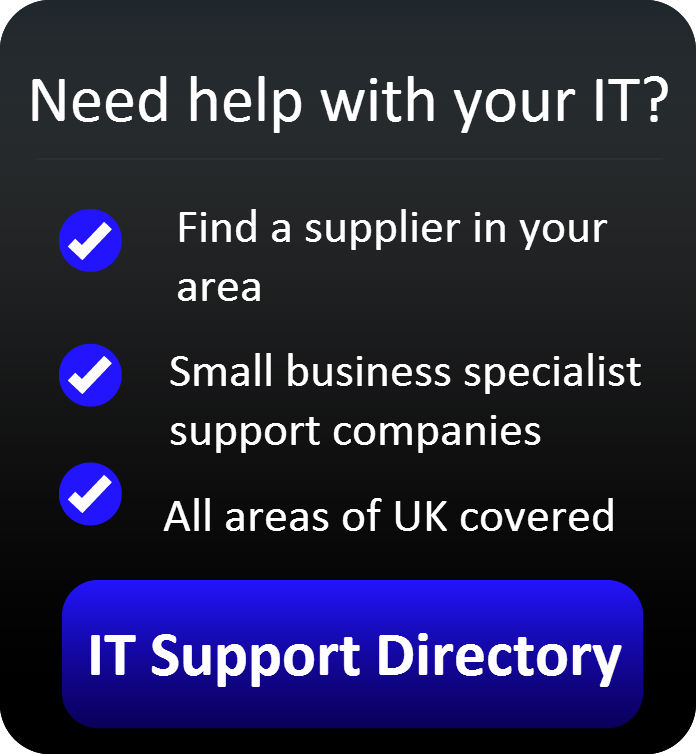Communicate more efficiently with a unified messaging system
Communication is essential in business, and modern technology enables you to send and receive messages from wherever you happen to be. David Hill of Birchills Telecom explains how unified messaging works and the benefits it can bring your business
A unified messaging system allows your business to bring several communication methods together in one place.
For instance, a unified messaging system might allow you to access emails, text messages, voicemail and information like your address book – as well as make telephone calls – from your desktop computer, mobile phone or laptop.
The idea of unified messaging is that it allows people in your business to choose whichever method of communication they want – no matter where they are or what piece of equipment they’re using.
The defining features of a unified messaging service are:
- Integration of all equipment. So, for instance, you can use the system just as easily through a mobile phone as through a computer.
- Inclusion of traditional telephone services, like fax and voice calls.
- The ability to place telephone, video and conference calls using computer software.
Unified messaging transfers messages and calls over the internet using methods like voice over internet protocol (VoIP).
Unified messaging in practice
Here’s an example of how I use unified messaging. I was travelling to a meeting when a journalist phoned wanting some comments for an article she was writing. She phoned my office number which was answered by the receptionist.
The receptionist transferred the call straight to my mobille phone and the journalist met her deadline without having any idea that I wasn’t in the office. Later in the day I was able to follow up the interview with an email sent from my laptop whilst I was sat in my parked car.
If the journalist had called the office number at night, I could have:
- automatically transferred the call to my mobile
- had the call put through to an answering service, where someone would have taken a message
- directed the call to my voicemail
- put the journalist through to one of my colleagues in another time zone
Indeed, the journalist’s enquiry would be handled the way I chose — no matter whether they emailed me, faxed me, called me on my mobile or sent a text message.
Unified messaging puts you in control
With unified messaging, you can choose how and whether to store the information you are creating. You can record conversations and keep messages for years to come (or not).
You can even import this information into your CRM system and improve your efficiency by monitoring calls as they happen. For instance, you can identify when calls aren’t answered in good time.
In essence, unified messaging gives you extra freedom and flexibility. You are no longer forced to use telephone networks only in the ways permitted by the telephone companies. Instead, you can create a communications system that is exactly right for your business.
Getting started with unified messaging
It is not particularly difficult to set up a simple unified messaging system. A communications provider (perhaps your usual IT supplier) will be able to point you in the right direction and help you match services to your existing computer network.
The greater difficulty is in deciding which features are right for the way you want to work. There is little point in having the freedom to take your communications anywhere on the planet if you never leave your office.
Unified messaging makes it easier for you and your staff to work from wherever you choose — from home, for instance. You can stop wasting time commuting and take calls wherever you are, so your telephone number stops being tied to a specific location. You can take calls to your London number in Edinburgh or Warsaw if that improves your efficiency.





